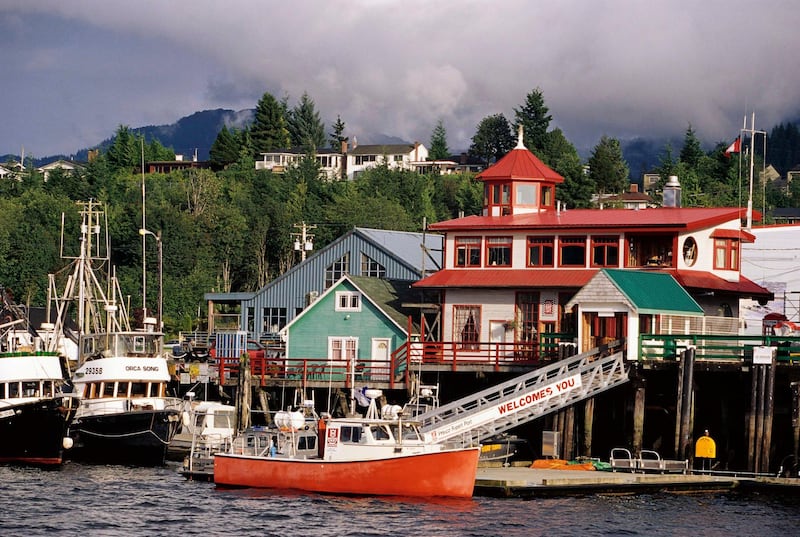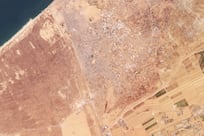Prince Rupert is the northernmost city on Canada's west coast. Travel a little farther north and you're in Alaska.
The city’s history
Railway magnate Charles Hays and his dream to make Prince Rupert the last stop on the Grand Trunk Pacific Railway went down with the Titanic. The city's future as a metropolis was sunk and so Rupert is a friendly, small city clinging to forested mountains.
It is at the mouth of the mighty Skeena River in the traditional territory of the Tsimshian people and the area has been inhabited for more than 10,000 years. The port city is a popular stop for salmon fishermen and hunters, Alaskan cruise ships and is the jumping off point to the stunning archipelago of Haida Gwaii.
When my family moved to Rupert, my father sent me a newspaper article about a local pug named Bob. The dog made national news in 2010 when he was rescued from the jaws of a wolf by hockey stick-wielding neighbours. That's the kind of place Rupert is.
My top eats
Every small Canadian town has a breakfast spot and, in Rupert, it's Mama's Restaurant and Steakhouse – run by three Vietnamese sisters – at the Moby Dick Inn, a 20-minute walk from the waterfront. Rupert is a fishing city, famed for halibut, and the best seafood is at Dolly's, the local fishmonger. The chowder from C$4.95 (Dh13) is so popular you'll struggle to find a seat after 6pm. The Crest Hotel is the dining spot for panoramic views above the ocean and where you can look eagles in the eye as they soar.
My must-dos
Don't miss the chance to see a grizzly bear in the wild and from the safety of a boat. Prince Rupert Adventure Tours takes you to the Khutzymateen Grizzly Bear Sanctuary from mid-May until the end of July. For a few weeks, grizzlies and cubs ramble on the shoreline to gorge on protein-rich sedge grass. Only one tour is permitted a day and bears are oblivious to awestruck tourists.
For history buffs, the Museum of Northern British Columbia, with tickets from C$6, has a beautiful collection of First Nations art from the Haida, Gitxsan and Tsimshian nations. The North Pacific Cannery is a preserved salmon cannery from the late 1800s. Adult tickets are C$12.
My best advice
One of the greatest things about British Columbia is the outdoors. Just remember, a walk in the park in BC means a hike in the forest and you are in the home of wild animals. What do you do if you see a wolf? The answer is printed in the back of Rupert’s phone book.
Summer is bear season and Canadian children are taught from a young age to respect wildlife. So keep alert, stay on the trails, look for fresh paw prints and scat, talk loudly as you walk or strap bells on your backpack so nobody has a surprise encounter with a bear. Make yourself big if you see a cougar or black bear. Keep still for a grizzly. And if you see a wolf? Look it up in the phone book.





